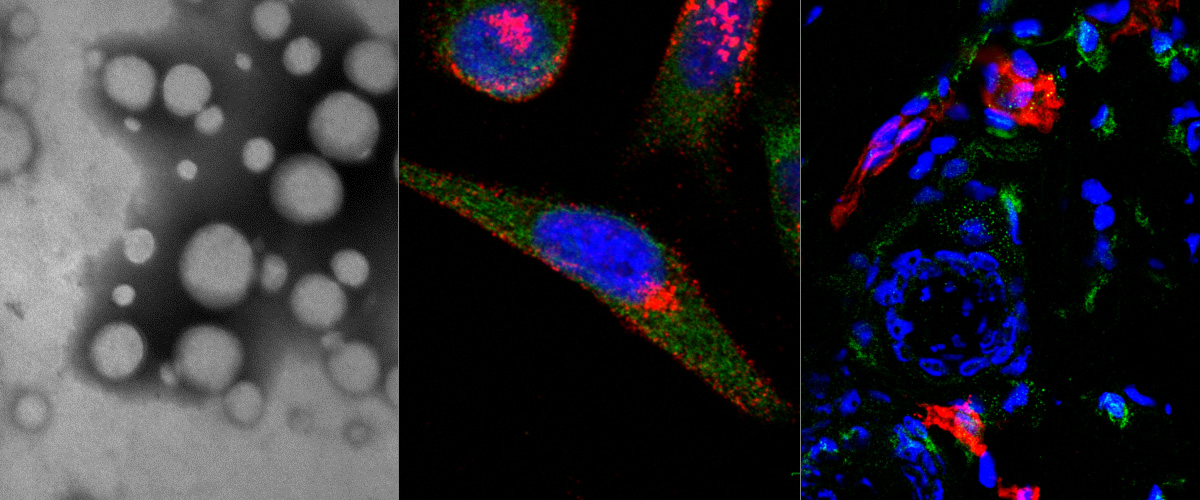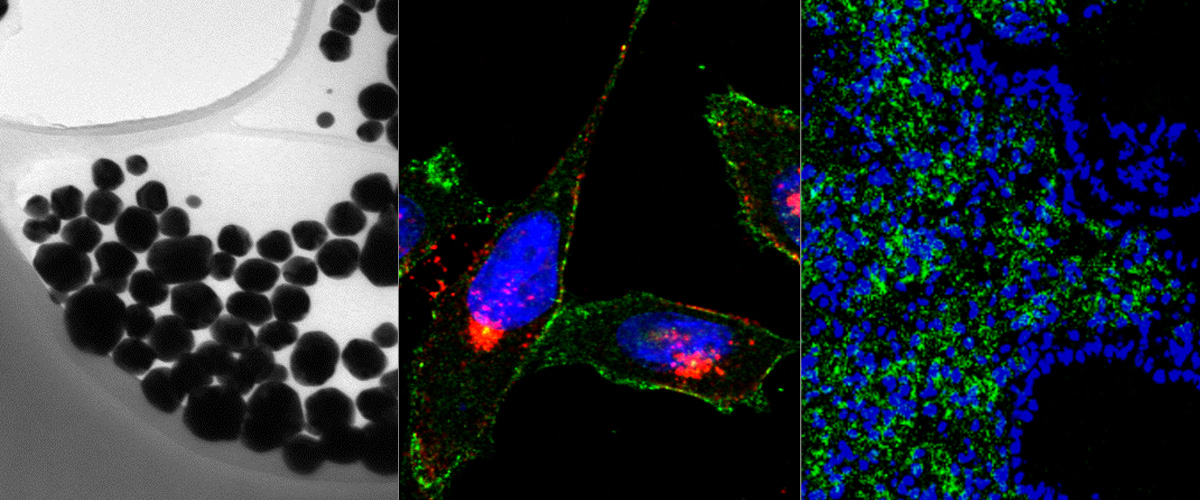http://www.ncbi.nlm.nih.gov/pubmed/23462097
Abstract
Neuropilin-1 (NRP-1) is a hub receptor that plays an essential role in angiogenesis and vascular permeability. It is over-expressed in the new blood vessels grown by tumor cells and is a target for anti-tumor treatments. Peptides that expose the consensus sequence R/K/XXR/K at the C-terminus (C-end rule or CendR peptides) bind to NRP-1 and are internalized into the cell. We used peptide phage display binding assays and molecular dynamics (MD) simulations to study the potential role of the central residues of CendR peptides in binding and activation of the NRP-1 receptor. The high stability of RPAR-receptor domain complex stems from the formation of a characteristic pattern of three hydrogen bonds between the peptide C-terminus and the residues in the NRP-1 loop III. Any changes in the peptide structure that fail to preserve this triad result in a less-stable complex. We performed a systematic study of RXXR mutants, where X=A/D/S/R/P, in order to test the effect of replacement of A or P on the binding capabilities. Our results, both experimental and computational, show that RRAR, RDAR, RPDR, RPRR and RPPR are capable of binding NRP-1. However, only RPPR and RPRR segments form an optimal organization around loop III with low potential energy. In other analogs, the absence of these stabilizing interactions always results in higher potential energy of the complexes. The binding of RPAR analogs does not guarantee receptor activation; only stable complexes that are properly stabilized via loop III appear able to trigger NRP-1 activation.
Copyright © 2012 Elsevier Inc. All rights reserved.




